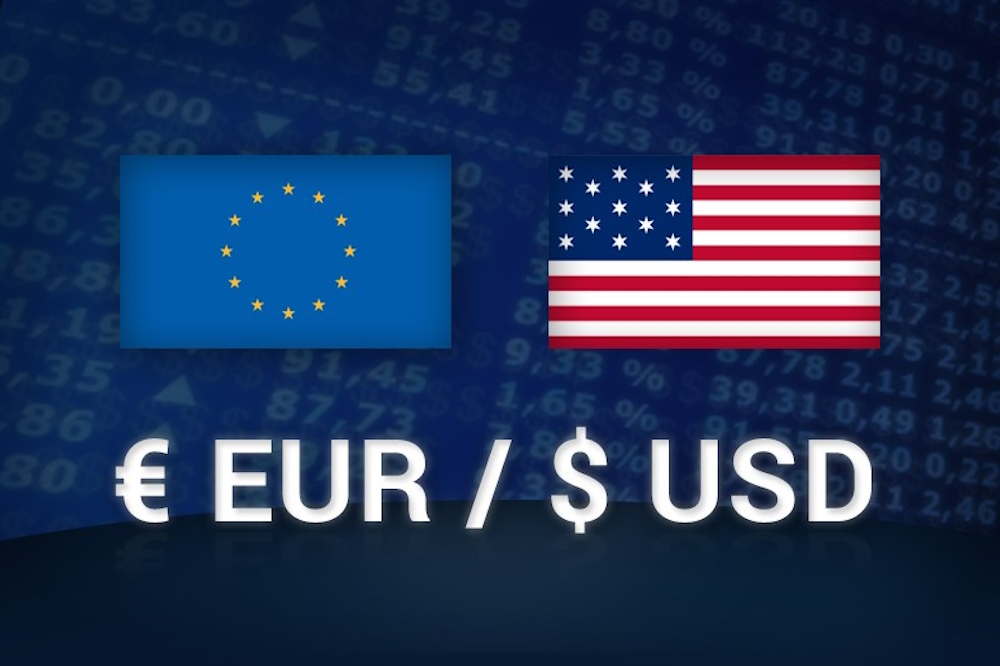EUR/USD is currently in a consolidation phase on Friday, reflecting a subdued trading environment attributed to the absence of new catalysts, influenced by a US government shutdown that appears likely to continue beyond the current week. The currency pair is currently trading at 1.1738, reflecting an increase of 0.28% as of the time of this report.
EUR/USD remains stable around 1.1740 as the US government shutdown postpones important reports, such as Nonfarm Payrolls. Federal Reserve officials exhibit differing perspectives: Logan adopts a hawkish stance regarding persistent services inflation, whereas Miran takes a dovish approach, emphasizing the importance of forward-looking policy. The US ISM Services index remains at a neutral level, whereas the S&P Global indicates a slight increase in business activity.
> The shared currency is consolidating amid light data and a divided outlook. Federal Reserve commentary maintaining trader caution : The US economic calendar has been relatively sparse, highlighted by addresses from Federal Reserve officials, as the release of the Nonfarm Payrolls report for September has been postponed. Vice-Chairman Philip Jefferson stated that while it is not optimal to lack job data, they possess sufficient information to perform their duties effectively. In the meantime, Dallas Fed’s Lorie Logan maintained a hawkish stance. She stated that tariffs have been a factor in driving inflation and expressed concern that the inflation rate for non-housing services has been persistently elevated and remains high. Fed Governor Stephen Miran maintained a dovish stance, emphasizing the significance of data access in shaping monetary policy, and expressed optimism that the Fed will obtain access to economic releases. Nevertheless, he recognized that Fed policy ought to be anticipatory. Chicago Fed President Austan Goolsbee recognized that the risks to the dual mandate are balanced. He noted that while the markets have factored in rate cuts, the central bank must continue to rely on data for its decisions. The latest data includes the Purchasing Managers Index for September, released by the Institute for Supply Management and S&P Global. Prints exhibited a mixed performance, as the ISM indicated that the services survey remained at its expansion/contraction neutral level, whereas S&P Global reported that the economy experienced growth.
Latest FX Rate Trends : EUR/USD increases in value despite hawkish remarks from the Fed
- Jefferson indicated that he anticipates the impacts of tariffs on inflation, employment, and economic activity will become evident in the upcoming months. He noted that the recent cut positioned the Fed in a neutral stance. He anticipates that the disinflation process will recommence following this year, with inflation projected to align with the 2% target in the years ahead.
- Logan indicated that favorable price risks are skewed positively once the impact of tariffs diminishes. She observed that the risks associated with tariffs are more enduring, which heightens the risk of increasing long-term inflation expectations. She acknowledged that the current monetary policy appears to be only slightly restrictive.
- The ISM Services PMI underperformed in September, decreasing from 52 to 50, while forecasts anticipated a figure of 51.7, indicating a deceleration in economic activity. Survey respondents indicated expectations for only “moderate or weak growth,” with the employment sub-index remaining subdued as firms postponed hiring.
- In contrast, S&P Global’s Services PMI decreased to 54.2, surpassing expectations, yet falling short of August’s 54.5 figure, underscoring the sector’s resilience in certain areas.
- Money markets are currently reflecting a complete pricing of a 25-basis-point Fed cut at the October 29 meeting, with the probability standing at 96%, as indicated by Prime Market Terminal’s interest rate probability tool.

